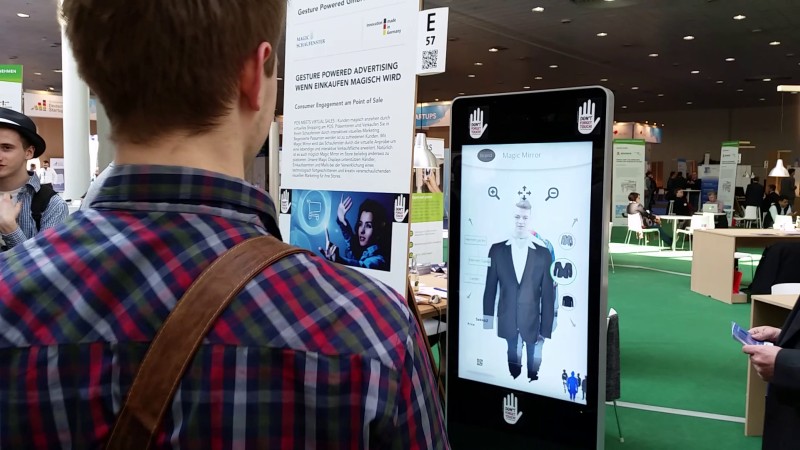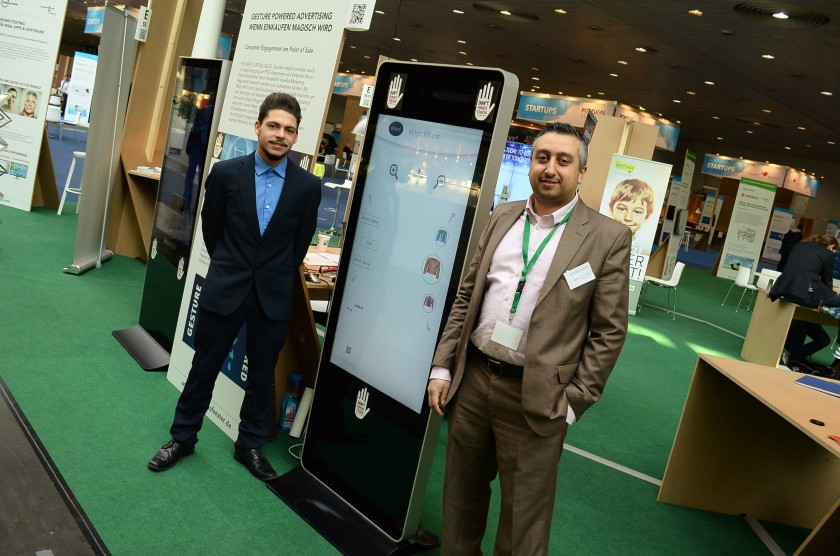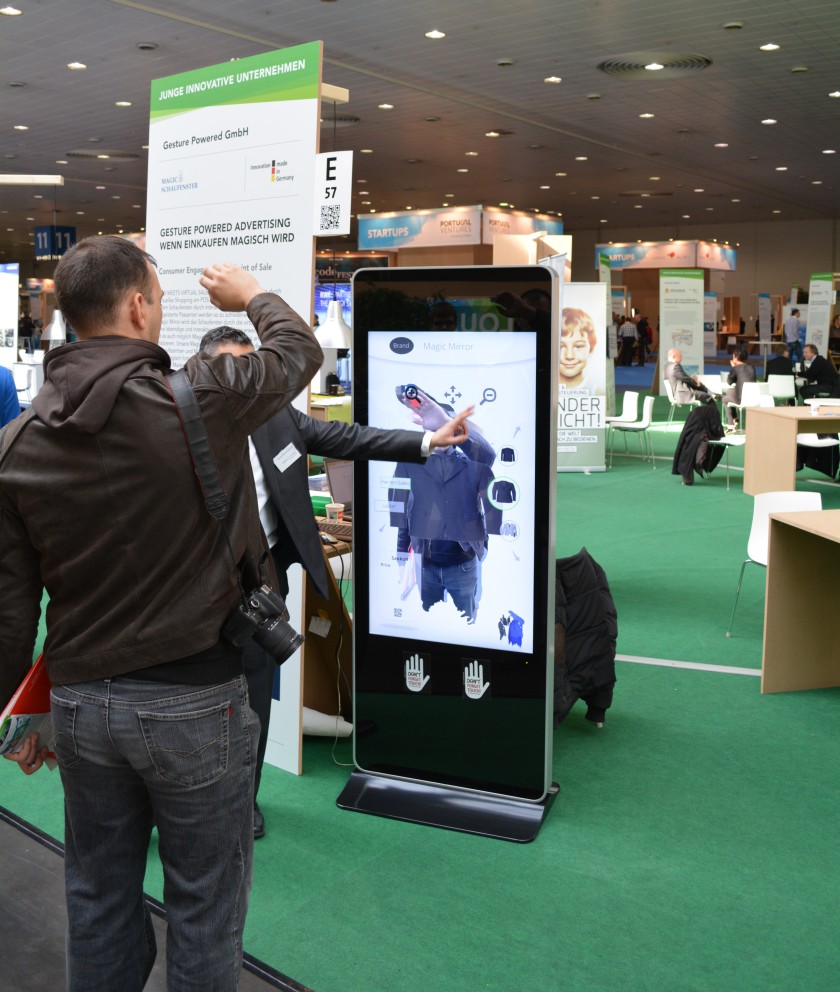
Magic Mirror virtual fitting room augmented reality
New technology tends to create new ways of promoting a business. With the emergence of augmented reality, what new possibilities have developed - we’ve received answers from augmented reality marketing expert, Mesut Yilmaz.
From a marketing standpoint, what is augmented reality?
MY: It’s a pretty cool new way to attract new customers, get them to come in more often, and spend more money with you. It really is a new advertising medium. Previously, you’ve had magazines, billboards, Internet, etc. Now you also have augmented reality, and this creates a whole lot of opportunities to grow your business.
Is it a substitute to traditional means of advertising?
MY: It’s definitely not a substitute to most of them, at least in its current form. However, just like any other new technology, it replaces, better say, upgrades some older technologies, while becoming an addition to others. For example, it certainly doesn’t replace Internet advertising. In fact, you can get great results from combining Internet and augmented reality advertising. While each of these technologies can be used on its own. At the same time, augmented reality advertising is about to replace or become a new form of digital signage.
Could you expand on that?
MY: When we talk about stationary equipment which doesn’t require customers to download any apps — such devices work as standalone promotions, similarly to digital signage. The latest equipment uses gesture and voice recognition to create an unforgettable experience for the customer by making them feel part of augmented reality.

Mesut Yilmaz (on the right) at CeBIT 2015
How do those devices work?
MY: Basically, it’s a piece of equipment with pre-loaded software that you install at any physical location to grab the attention of passers-by and get them to discover what it is that you have to offer by using their gestures and voice in augmented reality. If I briefly delve into the psychology of this...
Go ahead.
MY: In advertising, we often describe things as if they already belong to the consumer. For example, we say “your clothing”, “your car”, etc. Gesture controlled augmented reality enables us to not just say that, but to virtually make the consumer experience that. So that they start feeling like the item already belongs to them, and it’s only a formality to complete that purchase. Such a way of communicating the benefits of buying your products or services is fundamentally more effective than just words, pictures, or videos. It enables your potential customers to learn about your products by interacting with your ads in augmented reality. It changes how people perceive advertising and how they learn about new products. When you think of it, it changes everything!
What are some practical uses for the stationary devices?
MY: Let’s say you deal in clothing. With gesture and voice controlled augmented reality, you can create a virtual try-on experience, so consumers can see how they would look like in your clothing and accessories, without actually putting them on. Another example. Let’s say you run a restaurant. Now you can capture attention of passers-by and have them explore your menu in an original way that’s a lot more entertaining than conventional blackboards or digital displays. This way, you can drive inside more of those folks who might otherwise just pass by. That’s awesome!

Magic Mirror at CeBIT 2015
Who is the top technology provider in this field?
MY: The company that’s at the forefront of stationary augmented reality advertising with gesture and voice control is called Magic Schaufenster. It’s a Germany-based company, and I’m proud to head it.
What options does the company provide to advertisers?
MY: It provides a software and hardware bundle that’s available as either an off-the-shelf package, or a custom package that’s specifically designed to address the requirements of a particular ad campaign. The equipment is available for both purchase and rent. It requires no training to use. Thus, almost any business can now benefit from stationary augmented reality advertising.









